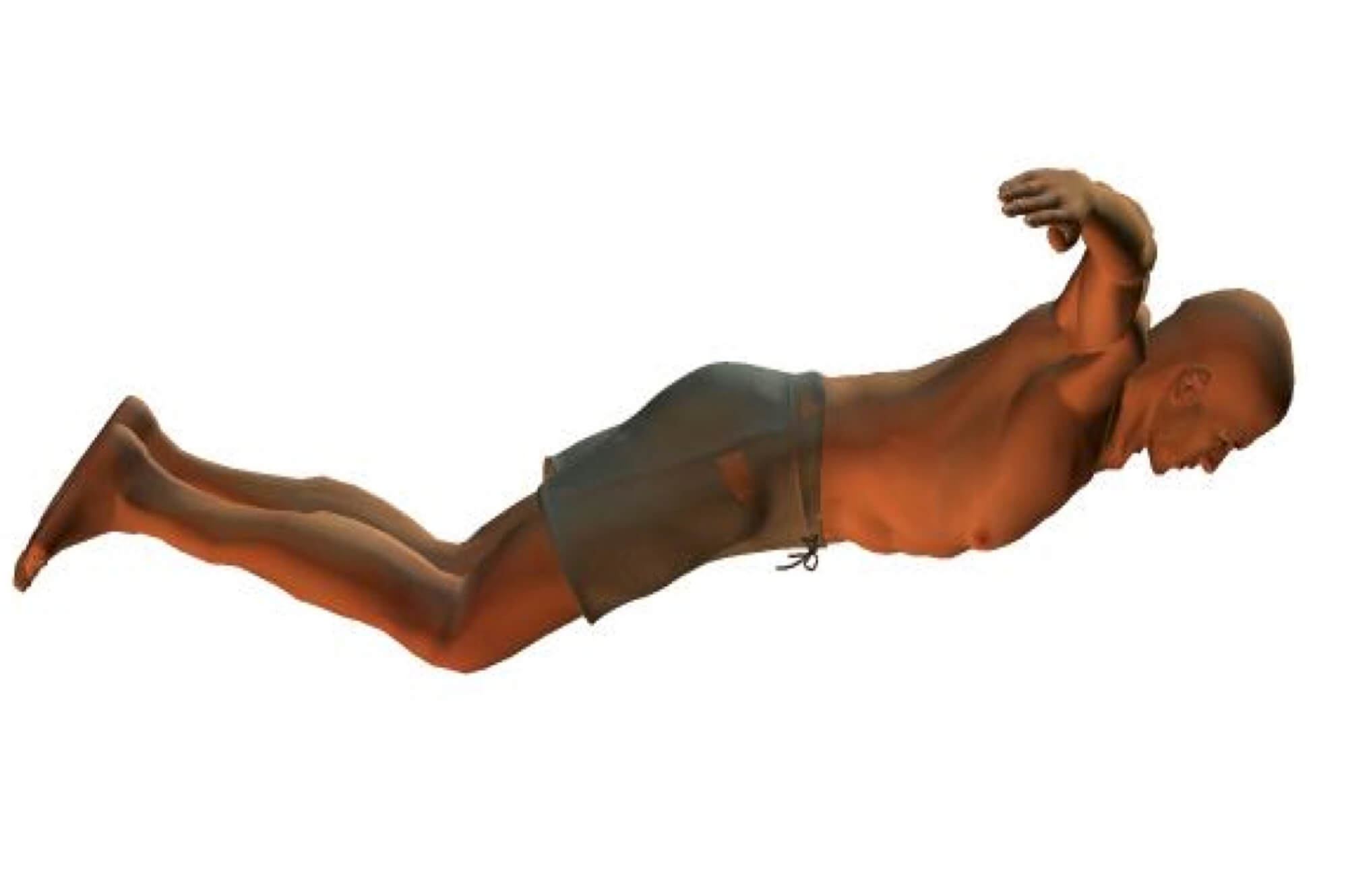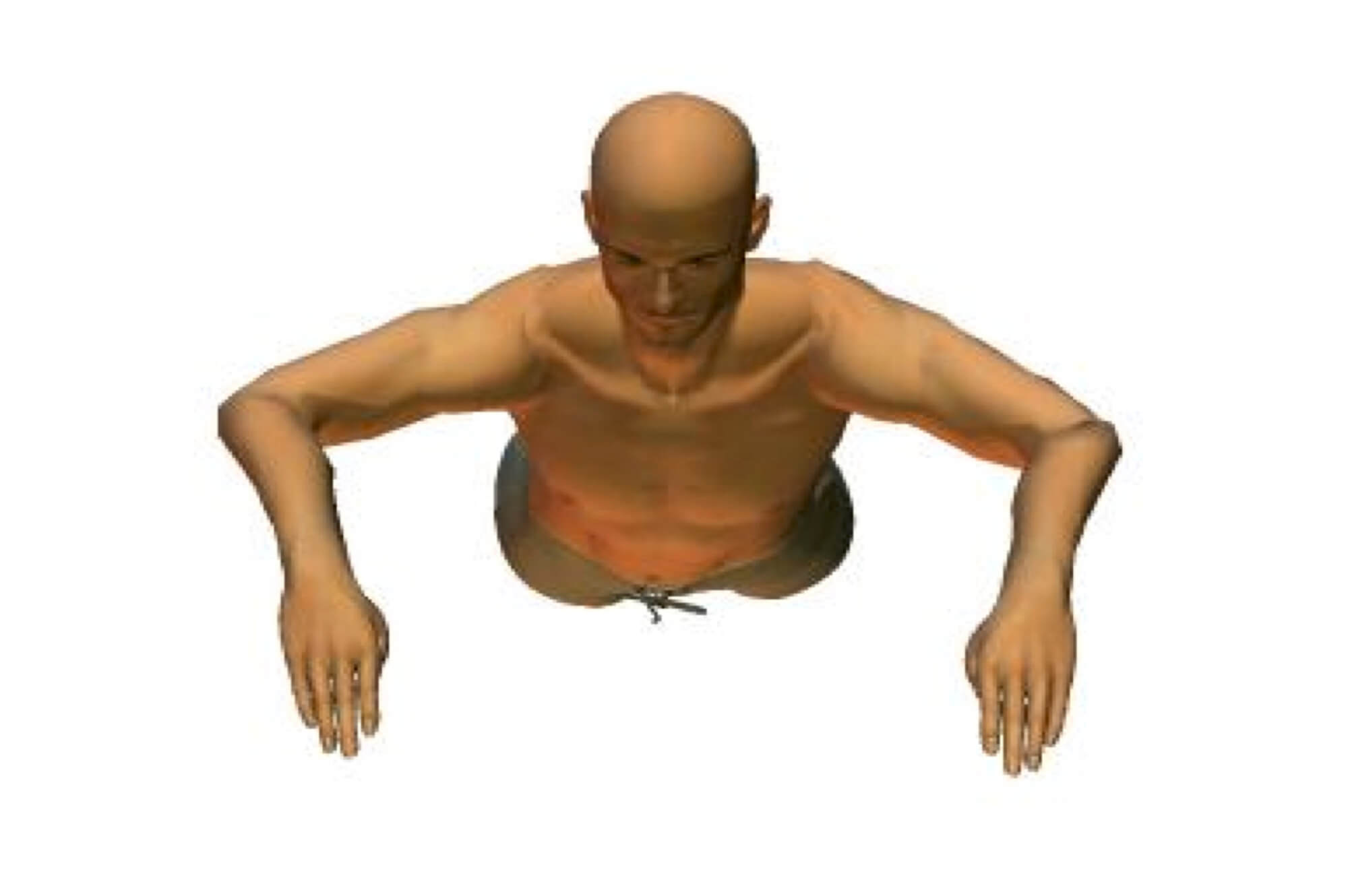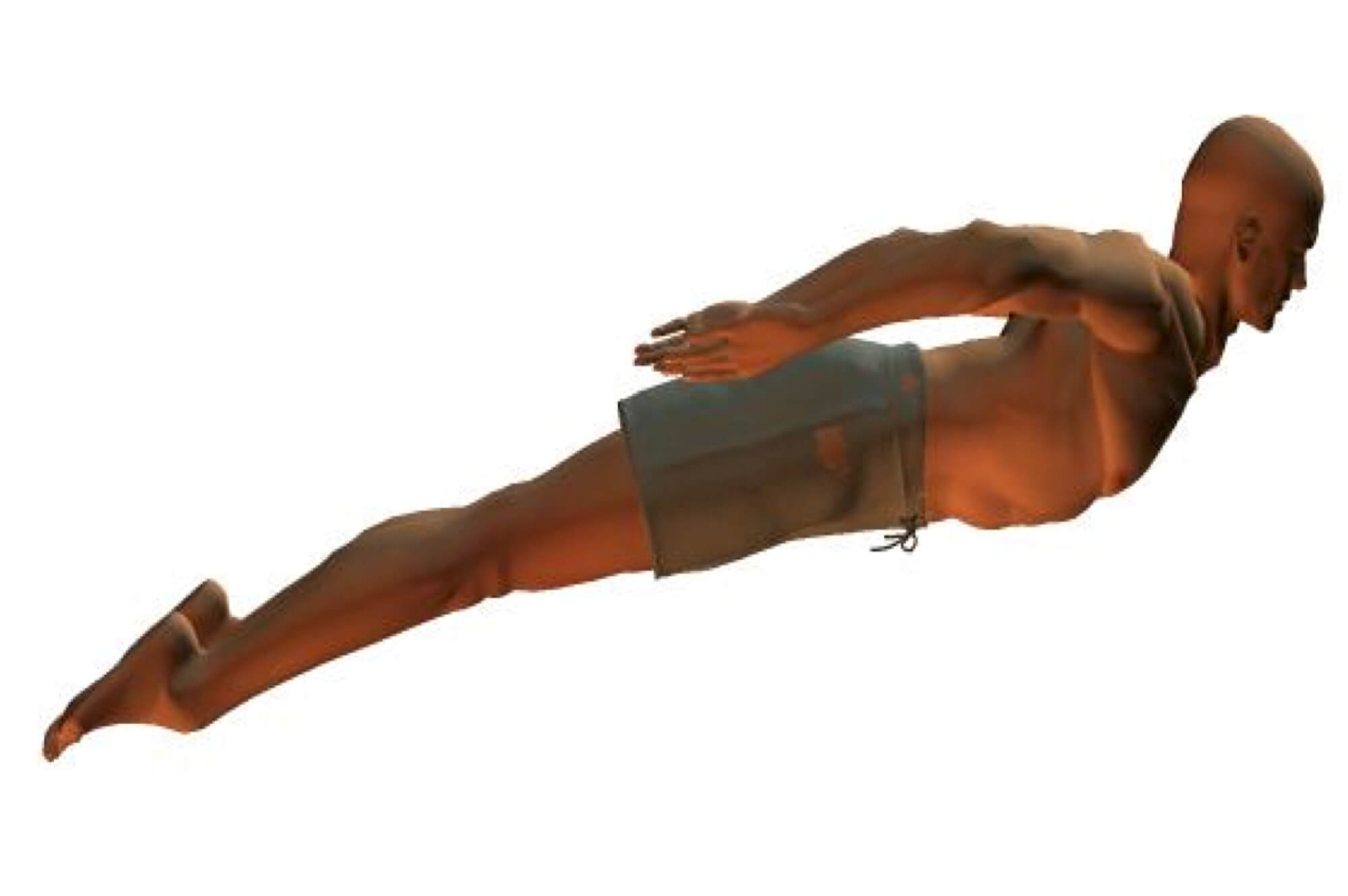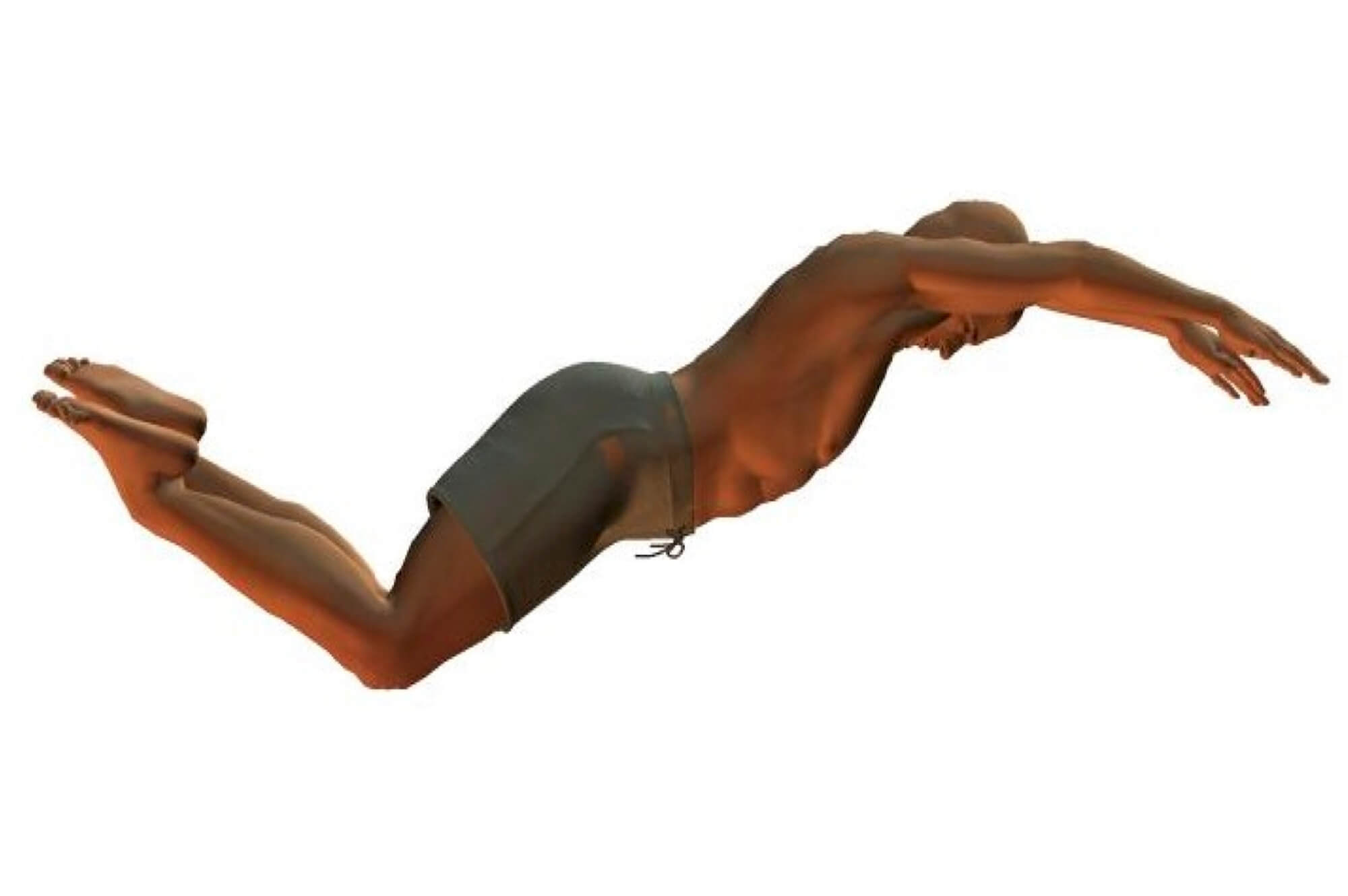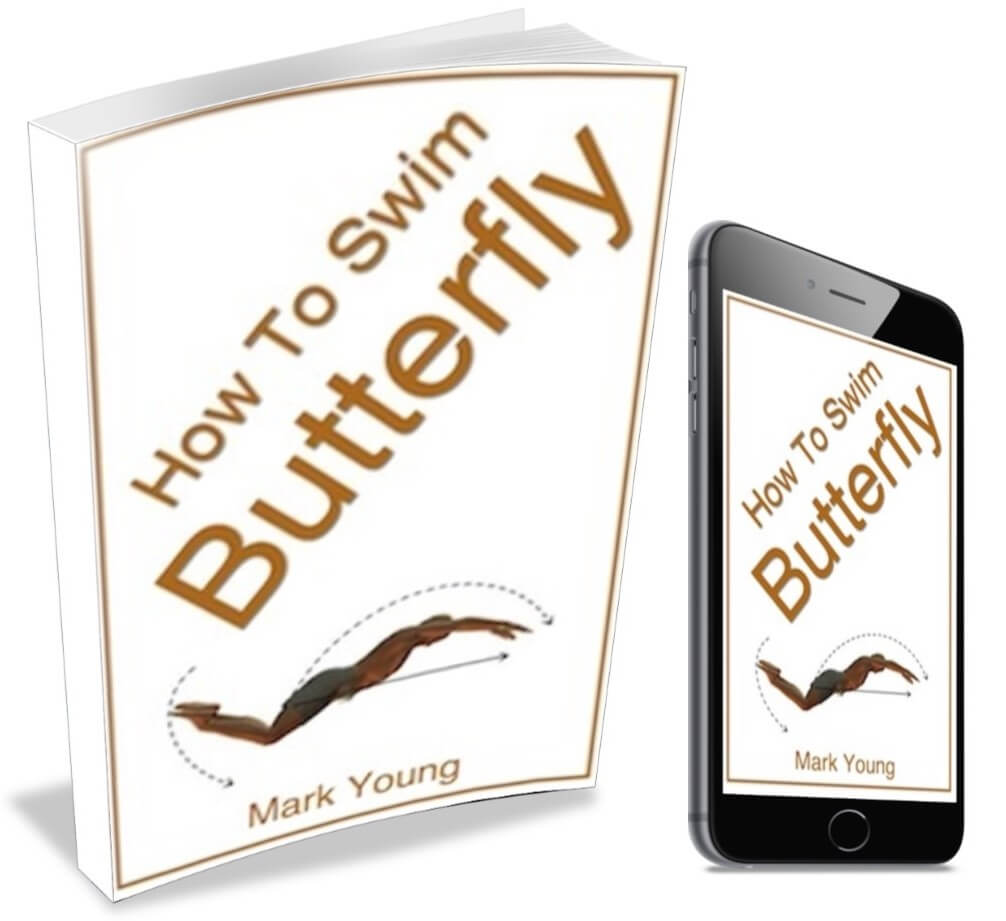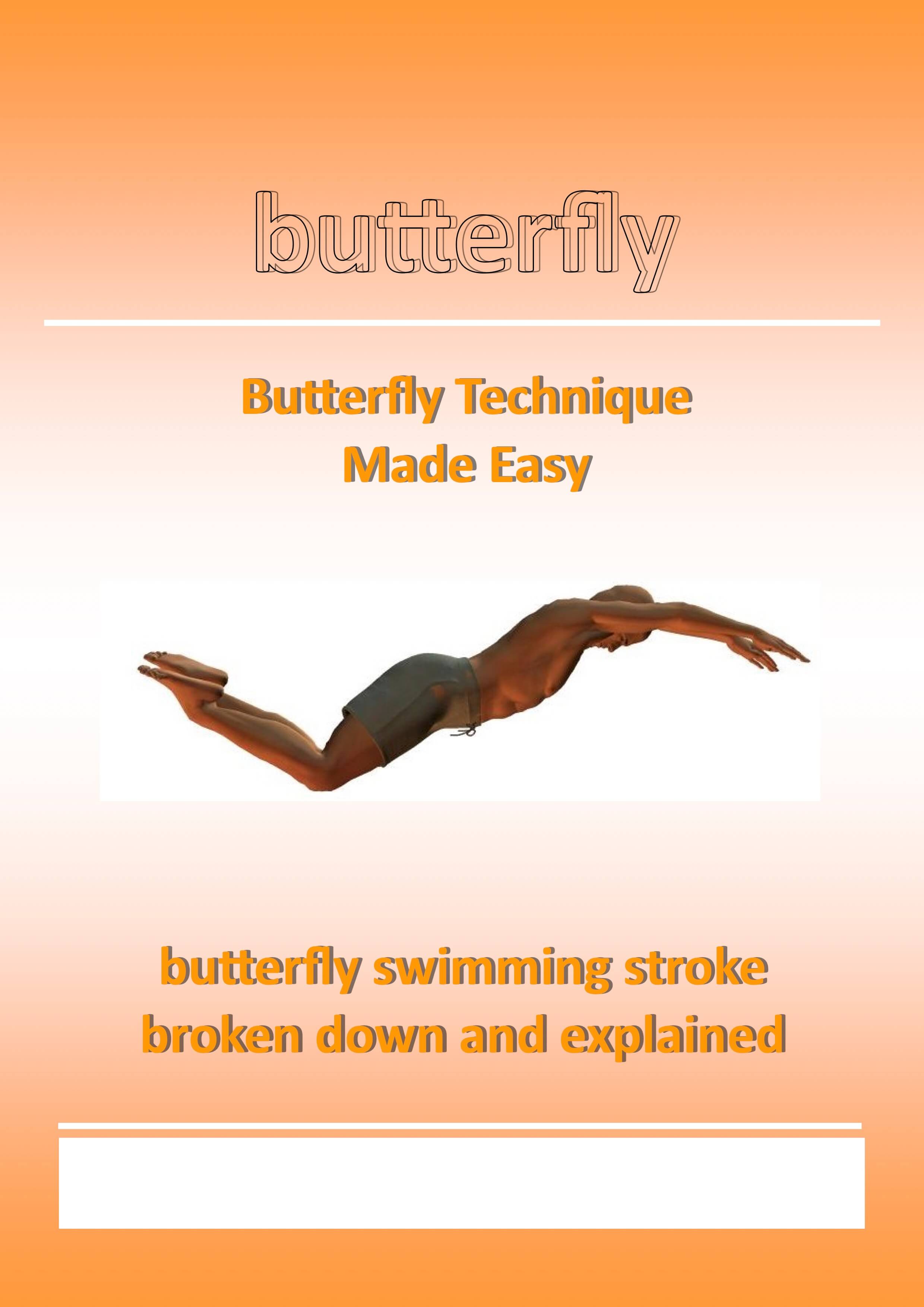- Swim Teach Home
- butterfly stroke
- Butterfly Stroke Timing
Butterfly Stroke Timing & Coordination
Is your butterfly stroke timing letting you down? Coordinating the arm pulls, and leg kicks with the body movement and breathing is key to cutting through the water smoothly and efficiently.
Butterfly stroke timing and coordination cycles should contain two leg kicks to one arm cycle where the first kick occurs when the arms are forward and the second kick when they have pulled back. Correct timing and coordination are essential for a smooth, easy butterfly stroke.
HOW TO SWIM BUTTERFLY STROKE EBOOK: everything you need to master butterfly stroke swimming stroke. 16 easy drills that focus on each part of butterfly stroke technique. From body position to breathing and timing. Decades of teaching experience all packaged into 1 easy file. Download to your device and master swimming butterfly TODAY! (click here for a preview).
Don't miss out! Click here for more details on how to get your copy.
Butterfly Stroke Timing Video Demonstration
FREE EBOOK: all of the technique tips here can be found in my 'Butterfly Stroke Technique' book, along with a couple of bonus drills to help you perfect some essential parts of the stroke.
Don't miss out! Click here to grab a FREE copy of my book.
When To Kick and When To Pull?
The downbeat of the first leg kick occurs at the catch and down sweep phase. Both arms will have been in the air during recovery, causing the hips to sink. The subsequent kick should be strong enough to counterbalance this hip movement.
The second downbeat leg kick occurs during the powerful and accelerating upsweep phase of the arm cycle. During this movement, the feet react towards the hands, and the strength will contribute towards propulsion.
Breathing can occur every stroke cycle or every other stroke cycle but should not interrupt the flow of the leg kick, and arm pull timing cycles.
A simple breakdown of the arm pull and leg kick coordination for butterfly is:
Kick - Pull - Kick - Recover
The 2 Most Common Butterfly Timing Mistakes
- The swimmer attempts to kick and pull at the same time. There should be a delay from the leg kick as the arms pull, so that the first powerful leg kick assists the arms recovery.
- Beginners learning butterfly tend to miss the second supporting leg kick as the arms recover.
An excellent way to practice and develop the timing for this stroke is to swim using a butterfly leg kick and a breaststroke arm pull. This uses less energy because breaststroke arms recover under the water surface.
Therefore, it is ideal to ensure that there are two leg kicks for each arm pull, where one leg kick assists the body to rise and breathe, and the other smaller leg kick helps the arms recover.
This exercise is excellent for establishing a sense of rhythm to the stroke, and if practised well enough, that rhythm can become second nature.
Once this exercise is perfected, the swimmer can reintroduce butterfly arms into the stroke and maintain the timing and coordination pattern.
Click here for more butterfly drills.
How Does Timing And Coordination Fit In The Whole Stroke?
Download 'How To Swim Butterfly' to your computer, tablet and mobile device and use the butterfly drills and technique tips to get your timing and coordination right.
Click below and make your butterfly swimming technique complete. Or, click here for more details.
I am a member of the Amazon Associates Program and I will earn a commission from qualifying purchases at no extra cost to you.
